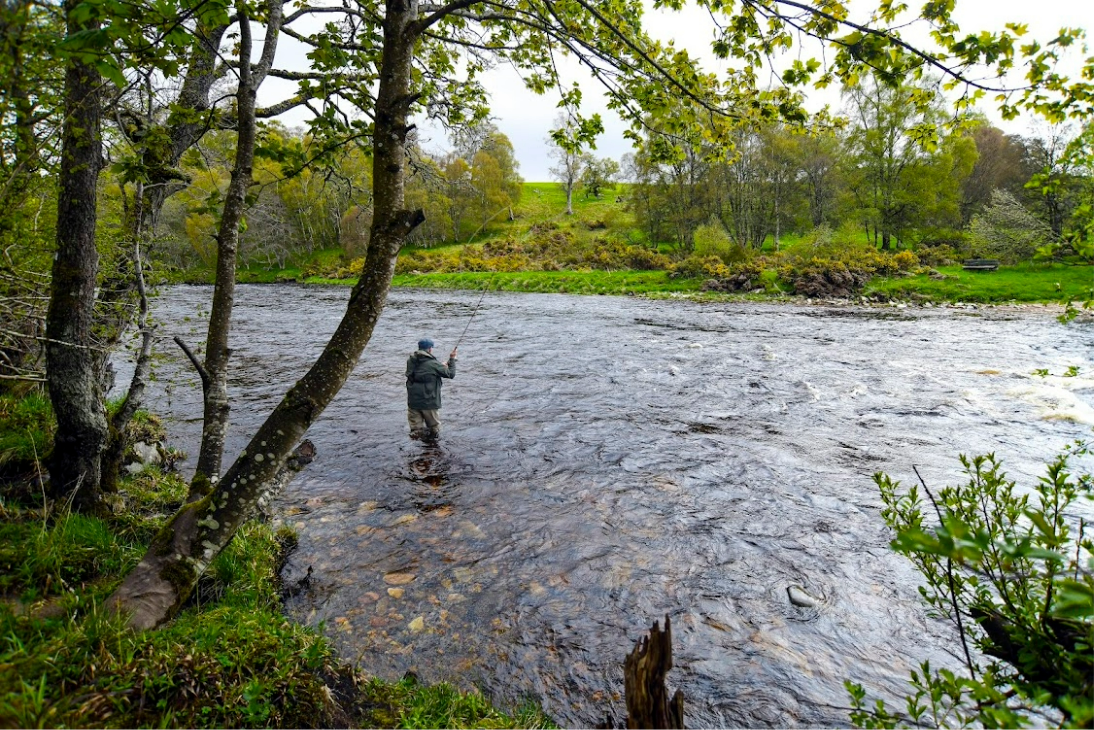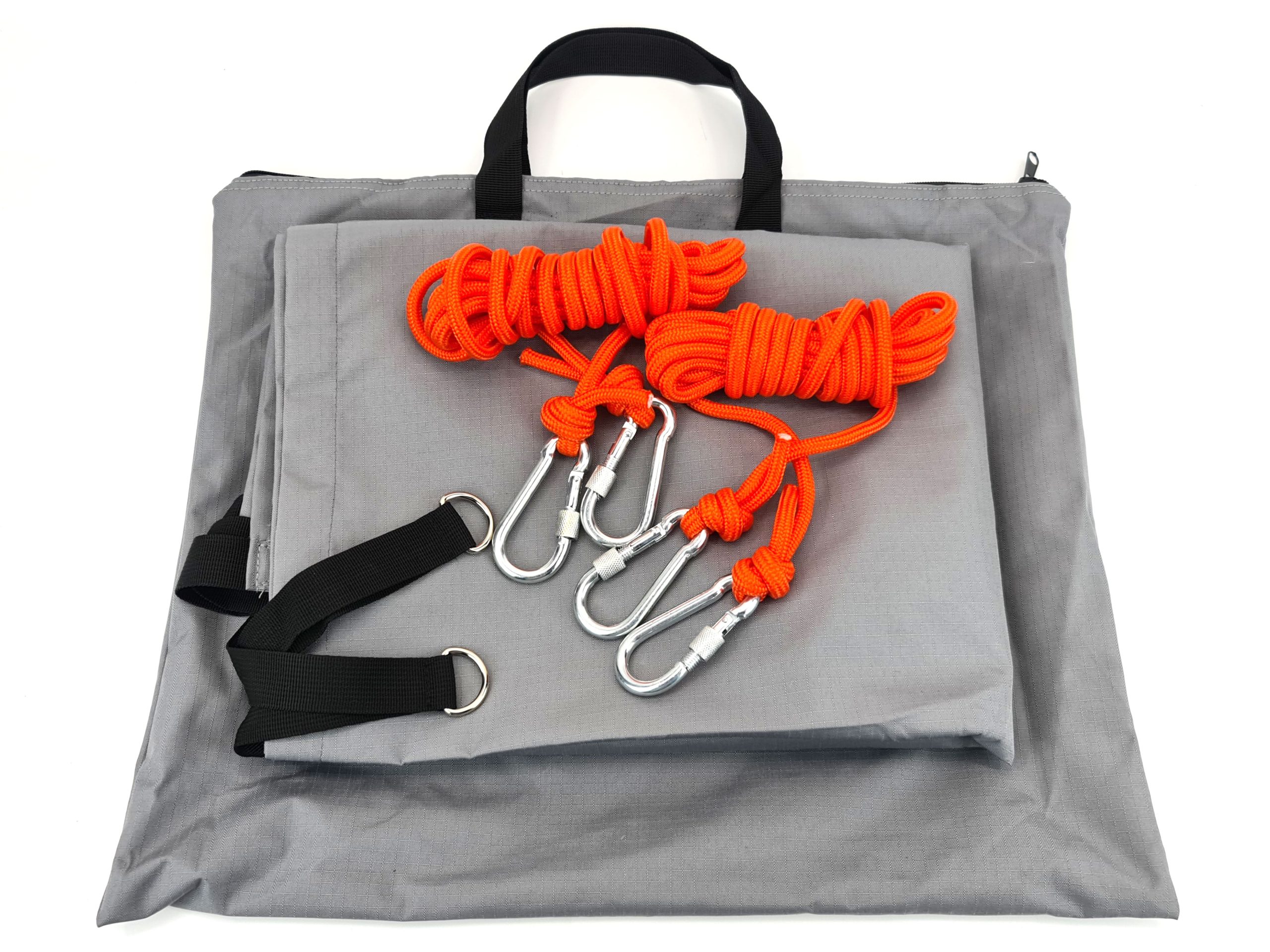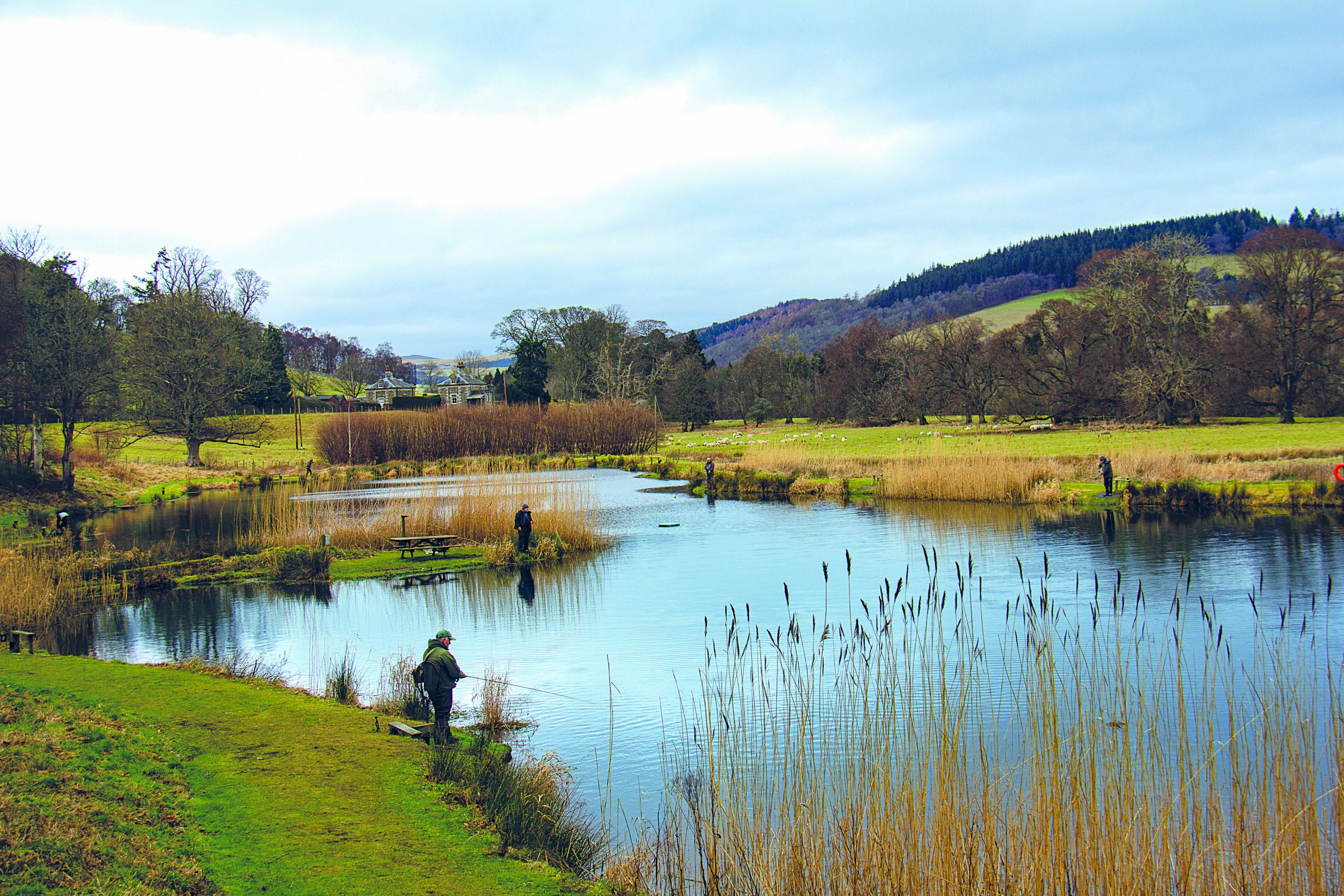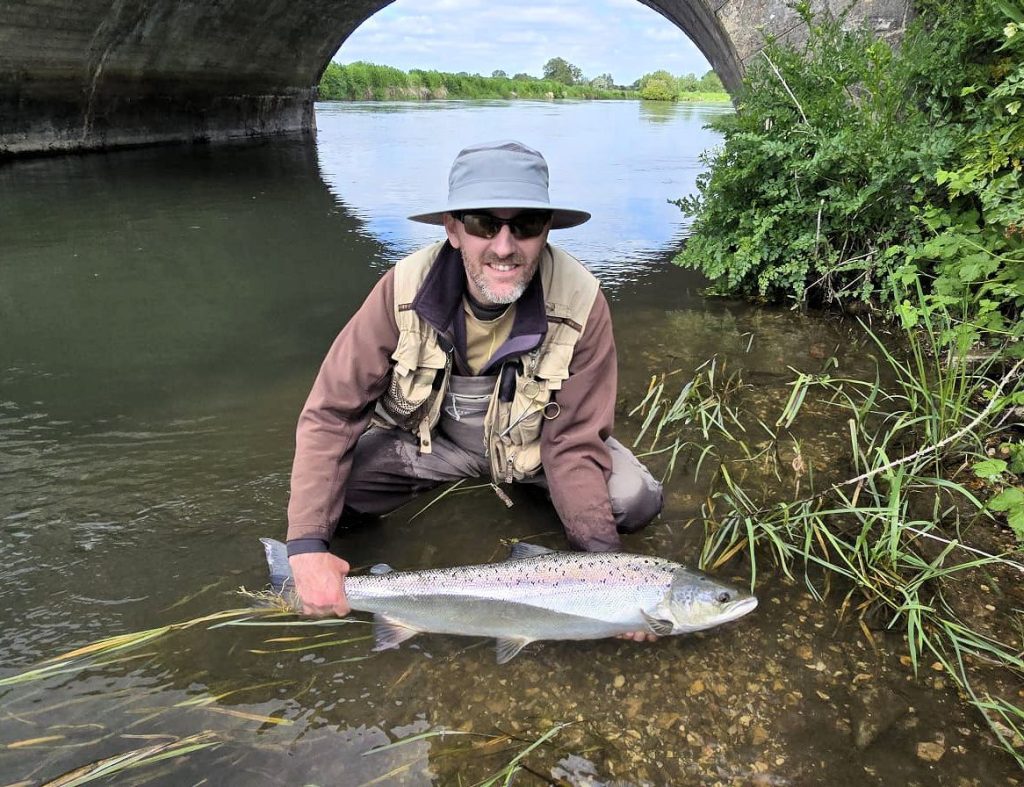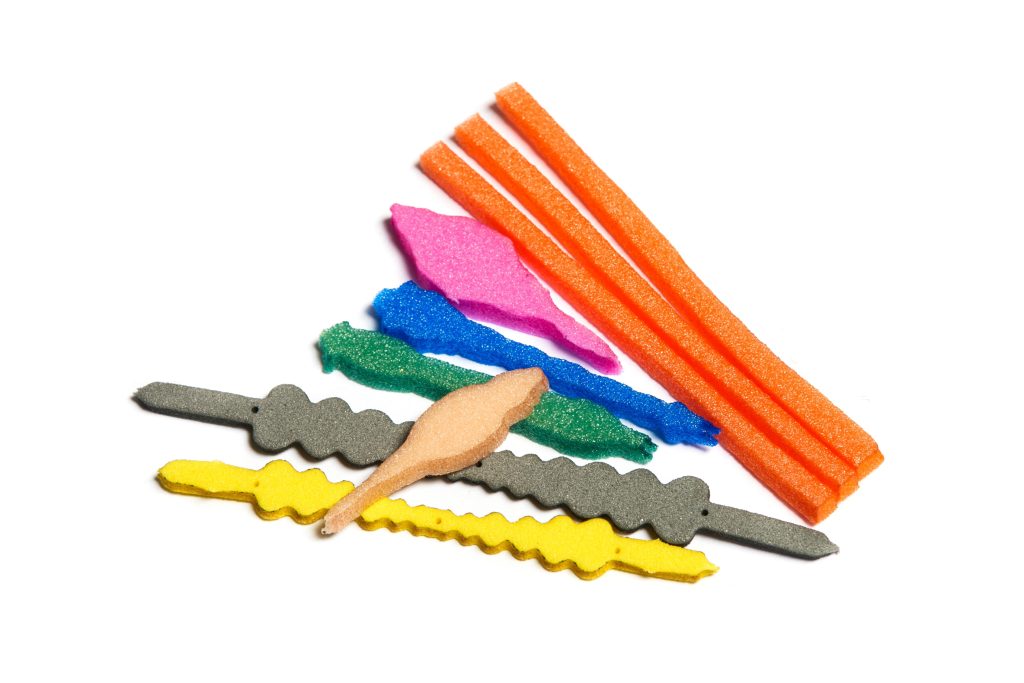PICKING THE RIGHT HOOK FOR FLY TYING
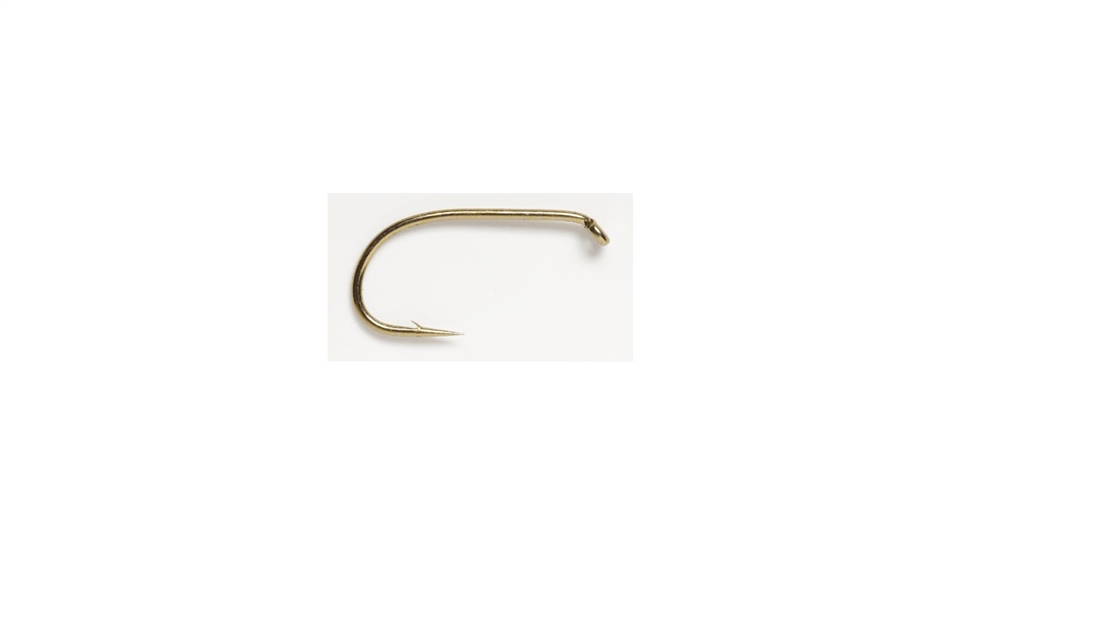
PICKING THE RIGHT HOOK FOR FLY TYING
With literally hundreds of different hook patterns available to the fly tyer the task of choosing the right one would seem a veritable minefield, especially for the beginner. The good news is that all is not lost, for with a few simple pointers and a little thought it is easy to pick your way through this hazard, without even damaging a fingernail.
First, there are many good brands out there: Kamasan, Fulling Mill, Mustad, Tiemco and Partridge to name just a few. Given that hooks are relatively inexpensive I would advise any fly tyer, beginner or experienced, to buy the very best that they can afford. Always bear in mind that the hook provides a vital link between the angler and the fish. If it fails for any reason, that fish is going to be lost and sod’s law ensures that it will be a big one.
Unlike in ‘the old days’ when hooks were manufactured by hand, today almost all are machine-made. The result, given the vast scale of production, is a very high standard of quality control. So even though millions of hooks are produced, in all shapes and sizes, the incidences of misshapen or poorly finished ones getting through to the fly tyer, are tiny. And this is even more the case if you stick to any of the major brands.
Even so, it is still worthwhile understanding just what makes a good hook good. Apart from the overall shape the main things to look for in a hook are the correct temper, a sharp point and a well cut barb, and the good news is that virtually all modern hooks have these attributes.
A GOOD TEMPER
NOW this doesn’t mean that the hook has a calm disposition, rather that it is hard enough to retain its shape under the stress of playing a fish while not being so brittle that it snaps when heavy pressure is applied.
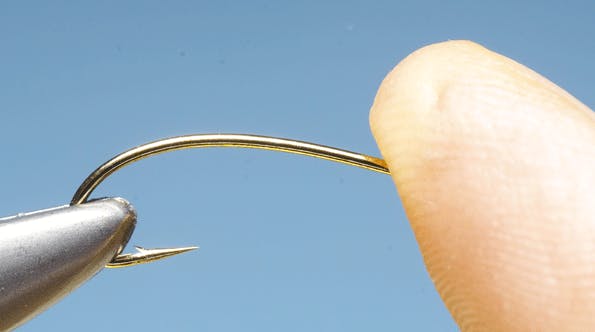
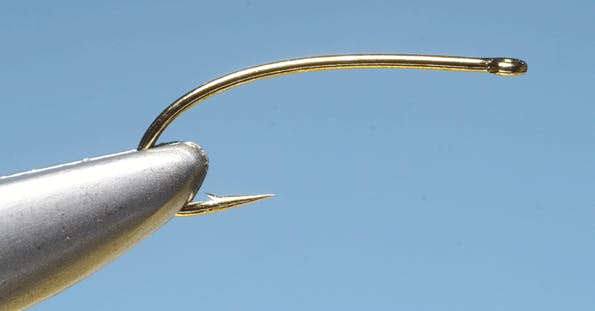
Testing for the correct temper can be done when the hook is fixed in the vice. Put your finger on the shank, close to the eye, and give it a couple of sharp ‘twangs’. The hook should produce a nice ‘pinging’ sound and simply spring back to its original position. If it’s so soft that it is deformed, throw it away. If it’s brittle and snaps – well I hardly need to tell you what to do.
THE EYE
FLY tying hooks come in three eye-profiles: up-eyed, down-eyed and straight-eyed. Perfectly simple, you would think, but there was once quite a debate about which was best, an up or a down-eyed hook. For a time it all got quite heated, especially where dry fly hooks were concerned, with camps divided between the traditionalists, who advocated the up-eye, and the modernists who were on the side of the down-eye. Fortunately, this Gulliver’s Travels/Bigendian nonsense has all but abated and now most dry flies, especially those used on stillwaters, are tied on down-eyed hooks.
Whichever eye-type you do choose, and the majority of hooks, by far, are down-eyed, the same criteria apply. The eye should be closed perfectly, with no gap between the shank and, most definitely, should have no sharp edges. Either of these problems will inevitably lose you a fish.
WELL CUT BARB
WHERE a fly hook has a barb, and in the UK this is still the majority, it is important that it is cut correctly. The reason is twofold: the first is that a large deeply-cut barb weakens the hook point and, if overdone, can cause it to snap off. The second is that the large angle created makes it more difficult for the hook to penetrate.
With this in mind, next thing to consider is what type of fly you are intending to tie. While it is perfectly possible to tie almost every fly on either a medium-weight wet fly hook or a longshank, there are plenty of other types that offer lots of possibilities but can easily confuse the issue.
It is also important to choose a hook to work with a particular material. For instance, don’t choose a narrow-gaped hook for a Fritz-bodied lure. The bulk of the Fritz will simply mask the hook-point and lead to many missed takes.
When it comes to advocating the use of many specialist hook patterns it’s a tough call to justify them all. Indeed there are still a number of very good anglers who use standard wet fly hooks for all their wet fly, nymph and pupa imitations.
That said, innovations like the grub and caddis hooks provide both the weight and a very natural-looking profile that, surely, makes any imitation tied on them that much more effective.
FINISHES
MOST trout hooks are finished with a bronze coating. Occasionally, other colours are used including black, red and gold. The only other finish that is used to any great degree is silver either as a coating, in the case of a nickel finish, or as an integral part of the hook, in the case of stainless steel. For most applications a bronze hook is perfectly fine, but if you are tying lures with a white, or at least a very pale coloured body, it is well worth using a silvered hook. The reason is that, once a fly has been used and put back into the fly box wet, rust will quickly creep from the hook into the body materials ruining the pristine effect. Silvered hooks remedy the problem while stainless steel ones are even better, being resistant even to saltwater, though more expensive.
TYPES
ALTHOUGH there are many different types of fly hook, of all those used in fly tying it is the wet fly patterns that are the most popular.
WET FLY
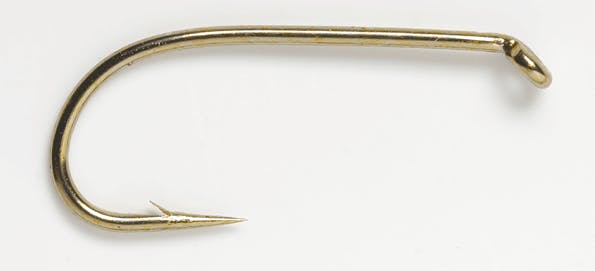
WET fly hooks come in three basic grades: heavy, medium-weight and lightweight. They also come in a variety of shapes, the two most popular being the round bend and the sproat bend. Round bend hooks, as the name suggests have a bend that is perfectly round from the end of the shank to the hook point. Sproat bend hooks, on the other hand, flatten out as the bend comes into the point, a manufacturing technique that is supposed to add strength and increase hooking power.
The Kamasan B175 is the classic heavyweight wet fly hook, ideal for tying anything from wet flies and nymphs to mini-lures and Tadpoles.
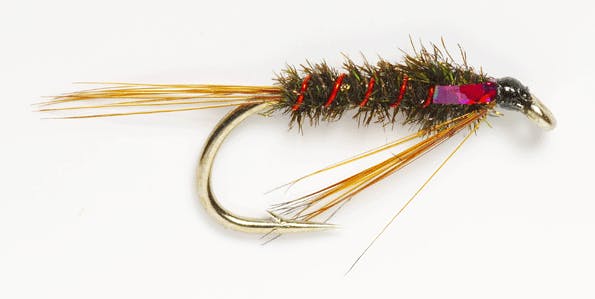
Medium-weight wet fly hooks, such as the Kamasan B170 make a good compromise being heavy and robust enough for tying most nymphs and wet flies while being light enough for many dry flies especially those that incorporate plenty of hackle-turns, CdC or foam to help them float.
Lightweight wet fly hooks are something of an anomaly as it’s difficult to meaningfully differentiate between them and those sold as standard, down-eyed dry fly ones. Personally, all I look for in a hook of this type, is the weight of the wire.
DRY FLY
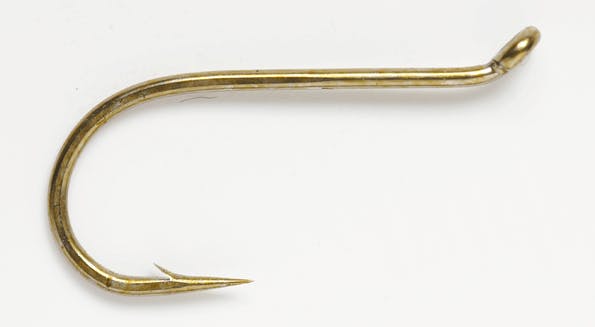
WHEN deciding which type of hook to use for tying dry flies there is often going to be a compromise. Logically, one could argue that to help the fly to float the hook should always be a fine-wire variety. No problem there, except that fine wire hooks are not the strongest, which is okay if you’re chasing small wild brown trout on an upland stream. But, if it’s big reservoir rainbows you’re after then you need another approach. For most stillwater applications don’t go any finer that a lightweight wet fly hook. You do have to be realistic though so match the hook to both the tackle you are using and the environment in which you are fishing and you won’t go far wrong.
Over the years a number of specialist dry fly hooks have also been designed. The two that seem to have stuck are the Terrestrial and the Klinkhamer. The former has a long, slightly curved shank, which makes it ideal for big dry flies such as the Stimulator or for nymphs including the Damsel Fly Nymph.
LONGSHANKED HOOKS
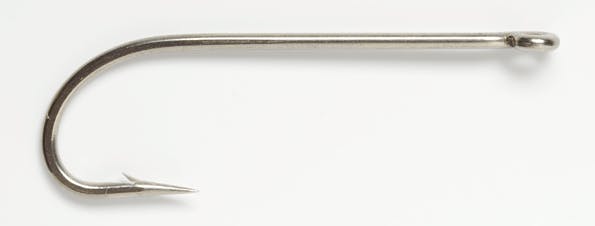
THIS type of hook is particularly useful when we need to tie a big fly, but don’t want the very wide gape associated with a hook with a standard shank length. They are most often used for tying lures and larger nymphs.
Wide Gape
WIDE gape hooks are just that: hooks where the gape of the hook is almost as wide as the shank length. They are great for tying Buzzers or, conversely, any bulky pattern where the body materials might otherwise impede the fly’s hooking capabilities.
CADDIS
THOUGH it is possible to tie caddis larvae patterns on this type of hook, the weight, combined with the straight or slightly upturned eye, make it more suited for caddis pupae imitations. The reason is that this type of pattern, because it is imitating a creature rising towards the surface, is fished higher in the water than most larvae imitations.
LIVING LARVA/TERRESTRIAL
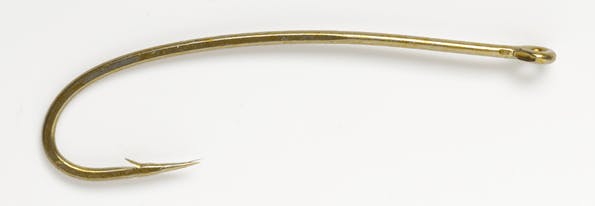
THIS hook has a long, curved shank and a relatively narrow gape making it ideal for adult sedge imitations or for tying a curved bodied Damselfly nymph.
CARP HOOK
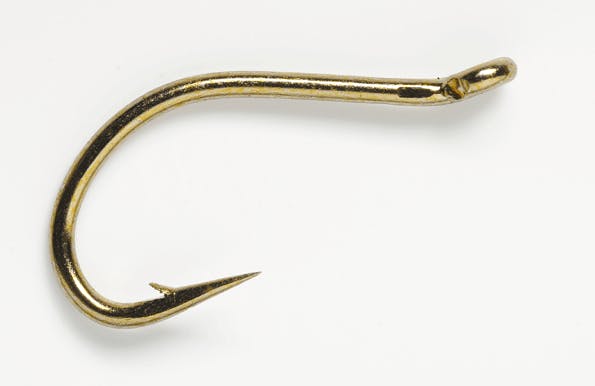
NOW, although we know they weren’t, it looks for all the world as if carp hooks were specially designed for tying fast sinking Buzzers. The thick wire, which makes these hooks ideal for playing huge carp, helps the Buzzer to sink quickly while the shape creates that classic, curved buzzer profile that is the mark of the most deadly imitations.
GRUB HOOK
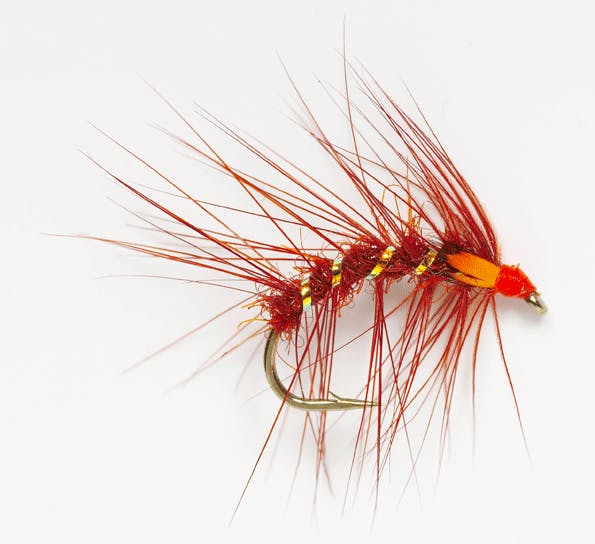
THE number of hook patterns falling into this group is constantly growing. All have a very similar humpbacked profile with no definite section where the shank is straight. They do vary in thickness though, with the heaviest perfect for either quick-sinking Buzzers, Shrimp patterns or Grayling Bugs.
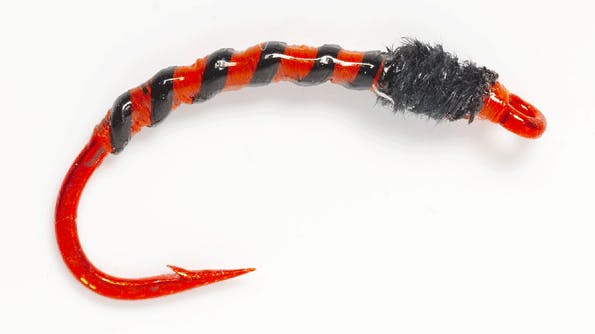
The lighter type may also be used for bugs, either used plain or weighted, or to tie Buzzers or Snatchers, which are intended to fish higher in the water.
DOUBLES
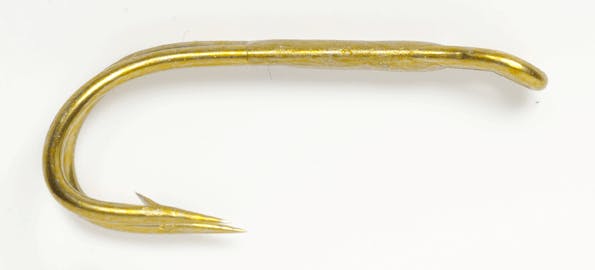
THOUGH doubles aren’t used that often when tying trout flies they do fulfil a useful purpose. Where they were once the preserve of the Scottish loch fisher in the form of the ‘wee double’ today they are more often used to tie mini lures and nymphs where the extra weight of the combined hooks makes them ideal for fishing as a point fly.
Most doubles are formed from a single piece of wire, bent to form a loop eye, with the two shanks then braised together.
CIRCLE HOOKS
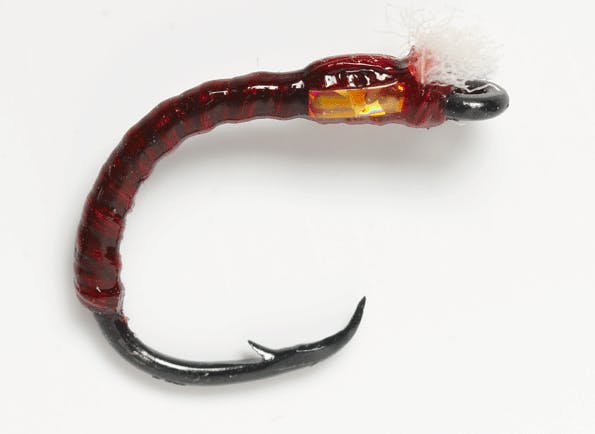
ANOTHER type of hook that works well for Buzzers and other curved-bodied nymphs is the circle hook. It has a reputation as a very good hooker, but because of its shape, and the fact that it is barbed, it can be difficult to get out of a fish. As a result, it is banned on a number of catch-and-release waters.
BARBED OR BARBLESS?
ON many catch-and-release waters using a barbed hook is a complete no-no. This can mean either using a hook manufactured without a barb or simply pinching down the barb of an ordinary hook with a pair of pliers. Arguments ensue over which type is better at holding fish. Whichever route you take, the advantage of the barbless hook is that it is far easier to remove from a fish than one with a barb – the end result being less damage to the fish, potentially increasing its chances of survival.
Of the purpose-designed barbless hooks, they fall into two main camps. The first are simply an established hook pattern where the bend and point remain the same, it’s simply that no barb has been cut. The next and more interesting type are those such as the Knapek and the Tiemco 2499SP that have an upturned spear point that not only hooks extremely well but appears to hold the fish well too. Looking at the profile it is likely that the upturned point prevents those slack-line drop-offs that seem to occur with ordinary barbless.
ADD SOME WEIGHT
Hooks can also be used to add weight to the fly – even when tying dry flies, which you might find something of a surprise. Emerger patterns are a classic example of this where it is important that the abdomen of the fly cuts quickly through the surface film so that only the wing and hackle float. The Shuttlecock and Han’s Van Klinken’s Klinkhamer are the two best known patterns of this type.
Using a heavy wire hook to make a fly sink is no more apparent than in the case of the Buzzer. Where once they were all tied on standard wet fly hooks, some years ago some clever person came up with the idea of tying them on a carp hook. It was quite a revelation at the time and moved deep-water Buzzer fishing forward, in a big way.

